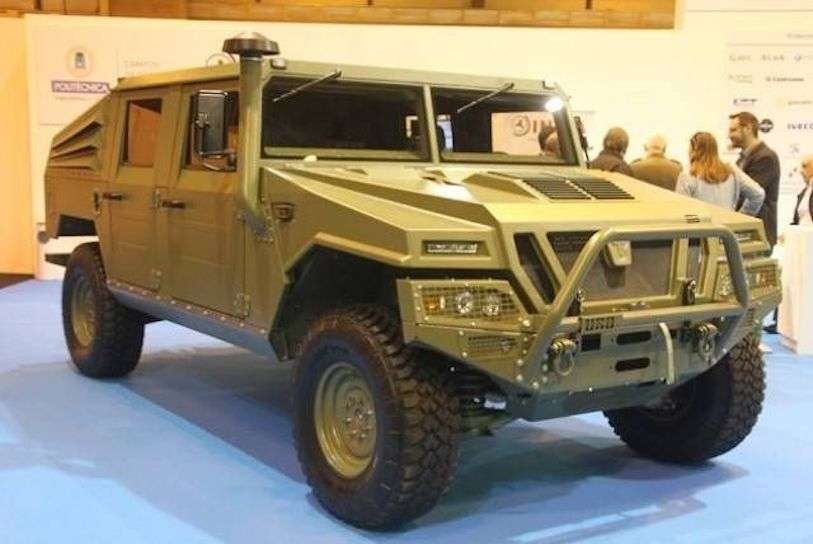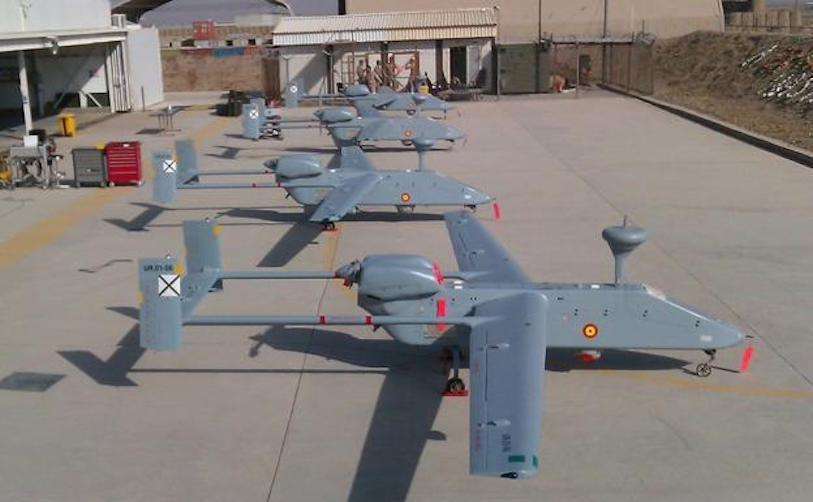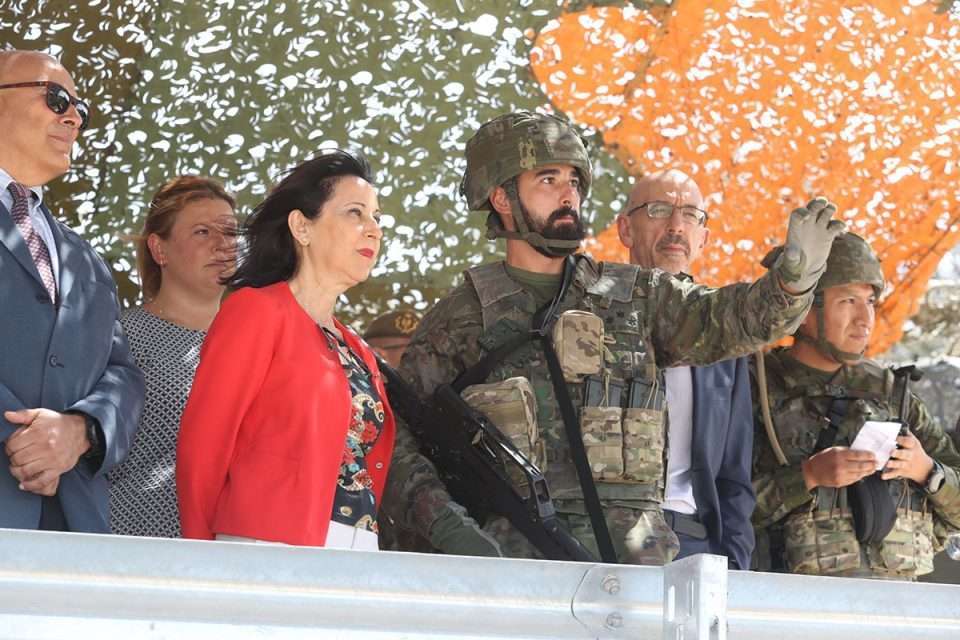Spain's Defence Industry in times of pandemics

The Defence Industry in Spain, after the arrival of COVID-19, finds itself in a situation of uncertainty due to numerous problems that have been dragging on for several decades (the lack of a clear strategy, a political rather than technical direction, the loss of key contracts in powerful markets...) and the complex financial context in which it finds itself. According to the International Institute for Strategic Studies (IISS), global defence spending increased by $1.83 billion (3.9 per cent more than the previous year), while national defence companies are experiencing serious financial problems.
Despite all this, it is necessary to highlight two key facts that show the importance of this group of companies for national wealth: Firstly, Spain is the seventh largest arms exporter in the world, with 3.9% of the total, behind only the US (34%), Russia (22%), France (6.7%), Germany (5.8%), China (5.7%) and the UK (4.8%). Secondly, the two main markets for armaments produced in Spain are the EU countries and NATO partners, which account for 72% of total sales, while other buyers from the rest of the world include Saudi Arabia (270 million), Singapore (175) and Australia (159).

The Defence Industry can be defined as the set of companies specialised in the design and assembly of the technology used to manufacture weapons, material or military vehicles and their components for the Armed Forces. In Spain, according to a
report by TEDAE and KPMG, it is made up of 85 companies, 80% of which are SMEs, 11 of which have a market share of 90%, create more than 211,000 jobs and contribute 14.1 billion euros.
According to the document "Perspectiva de la Industria de Defensa" by the Ministry of Defence, this sector has four main characteristics that are very important for the Spanish economy and society:
1st) The industrial factor gives it a strategic character. States can only have autonomous and permanent military power through a powerful arms supply industry. The strategic character is only within the reach of the great powers, since they are confident that they have the means to use their military capacity as an instrument of international influence in the long term. They use hard power as a political tool in international relations.
2) It creates a lot of employment, of quality and which provides added value; this series of companies contributes 7.8% of industrial GDP, employs more than 65,000 people (between direct and indirect jobs), invests almost 11% in R&D&I, and every euro invested in them represents a return of almost €3, and their production is 3/4 times the national average.

3) It contributes to the growth and dynamism of areas with little industrialisation (except Madrid); these companies bring great economic development to certain provinces of the country with little industrial weight. In Spain, there are more than 380 arms companies that can be classified by territory and production, in which the Community of Madrid stands out above the rest of the communities, with a total of 115 companies, followed by Catalonia, with 37; Andalusia, 27; the Basque Country, 23; and Galicia, 11.
In terms of total turnover, the CAM is also in first place, with 65.7% of sales. This is mainly due to two factors: the volume of large arms companies in the country, such as Airbus and Indra, and the fact that most of these companies have established their headquarters in the capital. Next, at a very significant distance, are Andalusia, with 13.6%; Castile-La Mancha, with 5.8%; Galicia, with 4.6%; and the Basque Country, with 3.1%. These five territories account for 98.2% of firms in the sector.
4) It has a lot of potential. Investment in arms and vehicle purchases has room for improvement (both at national, European and international level); Spain is the sixteenth country that spends the most on defence, with 16,360 euros. Although according to the Swedish think tank SIPRI, between 2009 and 2018 defence spending decreased by 5.2% and in the context of NATO it is the 3rd member that allocates the least economic resources to the Atlantic Alliance, 0.92% of its GDP, behind only Belgium and Luxembourg.

The lack of a clear budgetary horizon has always been one of the major problems faced by these companies. However, in recent years, certain measures have been approved to remedy this situation. In December 2018, the Investment Plan for the Modernisation of the Armed Forces was approved for a total value of 12.9 billion euros for the modernisation of a dozen projects and strategic defence material for the period 2019 and 2032.
For this year 2021, the Government approved, through the General State Budget, a Defence expenditure of 9,411.93 million euros, 417.59 million (4.64%) more than in 2020. Within this investment, the item dedicated to investments stands out, amounting to a total of 3,090 million euros (32.8% of the Ministry of Defence's total).
Parliament is currently discussing the need to approve the Armed Forces Programming and Financing Act in order to draw up a clear medium- and long-term budget horizon in this area and to be able to carry out an adequate procurement policy through the Directorate General of Armaments and Material, which is truly in line with public tenders.
This (still) draft bill would serve to provide a more rational and effective programme for planning military purchases, ensuring the sustainability of the model and the achievement of the objectives of the Armed Forces and National Defence.

The National Defence industry is facing a complex scenario, full of new opportunities and with a large base of human and material resources that have resulted in more lights than shadows both nationally (distribution of wealth throughout the country, creation of high-level technical jobs, etc.) and internationally (correction of the balance of payments, establishment of strategic alliances, etc.).
The defence industry in Spain is not considered strategic because the country's defence culture does not link the protection of national strategic interests with the maintenance of an industrial and military capability. If there is no desire for strategic autonomy, it will not be possible to develop the military industry; it will only produce material and vehicles for temporary interests such as participation in international missions, but not for the optimal achievement of strategic objectives.

The future of the sector depends on reinforcing three main axes:
- Boosting the major national armament programmes (the 8x8 Dragon, the F-110 frigates, the S-80, the modernisation of the Eurofighter, etc.) whose delay is drastically limiting our operational capabilities.
- The effective participation and involvement of major European armament projects (EPC corvettes, the Euromale drone, the Tiger helicopter), which will have a double effect: new contracts for our companies, new resources.
- The opening of new contracts, taking advantage of the increase in spending on military material in the international context (and not losing other relevant ones, as happened with the US Navy frigates, which the Italian group Fincantieri chose over Navantia's).
All these measures would mean a 180º turnaround in the current situation of the sector, correcting old errors of approach, implementing greater capabilities to the companies, and even reinforcing the Defence culture.
REFERENCES
- Infodefensa. (02 de marzo de 2021). “La pandemia no impide una subida del gasto de defensa”. Extraído de: https://www.infodefensa.com/mundo/2021/03/02/noticia-pandemia-impide-subida-gasto-mundial-defensa.html
- Orivo, I. (10 de enero de 2020). “España es el séptimo exportador de armas del mundo”. La Vanguardia. Extraído de: https://www.lavanguardia.com/politica/20210118/6184205/espana-septimo-exportador-armas-mundo.html
- “Impacto Económico y Social de la Industria de Defensa, Seguridad, Aeronáutica y Espacio”. TEDAE & KPMG. Extraído de: https://www.tedae.org/uploads/files/1607939815_impacto-economico-kpmg-b-pdf.pdf
- Ministerio de Defensa (Mayo 2019). “Perspectivas de la Industria de Defensa”. Extraído de: https://www.defensa.gob.es/Galerias/dgamdocs/Perspectiva-de-la-Industria-de-Defensa.pdf
- Cancio, F. (21 de octubre de 2020). “España sigue a la cola de la OTAN en gasto de Defensa pero mejora sus cifras”. La Razón. Extraído de: https://www.larazon.es/espana/20201021/kf3qezrj75cjrl6bgy3rmzlaga.html#:~:text=En%20cifras%20absolutas%2C%20la%20organizaci%C3%B3n,a%20los%2011.281%20de%202019.
José Ramón Corrochano Ponte
Collaborator National Defence Area Sec2Crime










